The first article in this series explained why the then-new Leica M8 was chosen for our 2008 trip to Japan because of the combination small size, relatively lightweight and (for its time) excellent image quality. I also spent quite a bit of the article covering how we found the culture to be very different from our western standards, yet charming in many ways. In this second article, I describe some of our further travels through the country and I’ll also mention the lenses I found to work well with the M8.
The M8 was introduced in 2007 and was Leica’s first attempt to create a digital M rangefinder. It had its peculiarities, including a crop-frame sensor and the need to use infra-red filters, but it is a testament to the engineering and the quality of Leica lenses that it is still capable of producing impressive results. At this time of our trip, though, this was cutting edge stuff.
After our acclimatisation period in Tokyo, we started to travel around the central part of Honshu, the largest island in Japan. We had always wanted to see Mount Fuji and I hoped to capture an iconic picture of the mountain, so decided to start there. We were concerned that with little more than a dozen words of Japanese between us, we would have a hard time getting around outside of Tokyo. We could not have been more wrong.
There always seemed to be someone nearby who spoke English quite well and even signage was often in English as well as Japanese. Where English signage was not available, there were always alternatives:
Mount Fuji
Unfortunately, we were not so lucky with the viewing of Mt. Fuji. The weather didn’t help at all.
This is typical of what we saw in the Fuji-Hakone-Izu area and was the best picture I could capture from the mountain top at Gora. Lovely atmospheric mist, but not a hint of Mt. Fuji:
Mt. Fuji should have been clearly visible since we took the ropeway to the top, but there was nothing but mist all the way. Should I ever go back to Japan, I will plan to arrive in the early spring when the weather is clear around Fuji.
Despite the disappointing viewing conditions, we very much enjoyed our stay in the Fuji-Hakone area. We stayed at the Fuji-Hakone Guest House in Sengokuhara. We slept on futon mattresses on the floor, but the inn had a wonderful Onsen, a traditional hot spring pool that we could reserve for an hour.
A day of rambling through the fog on the mountainsides left us eager to soak in the hot water. Most images from Japan left me with the impression that the country was one vast city with the occasional rice paddy thrown in for scenery, but we found parts of the Fuji-Hakone area to be virtually untouched, with many paths that wandered through the forest:
After visiting the Mt. Fuji area, we travelled to Kyoto. Kyoto is every bit as cosmopolitan as Tokyo but much smaller with more temples and shrines per square foot than I ever imagined. We were in the city for five days and only visited a small percentage of the locations worth seeing.
Nara
I’ll leave Kyoto for later because shortly after arriving we took the local train to Nara, one of the oldest cities in Japan and one that didn’t suffer as much damage as others. The temple of Todai-ji is a magnificent example of what Japan must have looked like before the war. Established around 700 CE, the temple contains wonderful carved-wood statues and the largest bronze Buddha in Japan. Temples like Todai-ji are the cathedrals of Japan.
Todai-Ji in Nara, Leica M8 50mm Summicron Todai-Ji doorway detail, Leica M8 90mm Elmarit-M Todai-Ji second gate, Leica M8 50mm Summicron The Great Buddha in Todai-Ji, Leica M8 28mm Voigtländer 1.9
I was initially surprised at how devout are many Japanese. Their religions may not be the same as ours but they show the same reverence that I have seen in the great cathedrals of Europe. They are not so different from us after all.
Todai-Ji Worshiper, Leica M8 28mm Voigtländer 1.9 Grounds Entrance to Todai-Ji in Nara, Leica M8 28mm Voigtländer 1.9
Wild deer are in every temple and park in Nara. They generally have the good sense to stay off the roads and out of the city centre, but calmly walk through the parks and temple grounds along with the strolling people. It is believed that they have inhabited the city for over a thousand years, so it’s no surprise that they are used to humans by now.
Enterprising vendors have set up booths throughout the parks where they sell deer biscuits. One deer decided to adopt our son and followed us to the edge of the park, undoubtedly hoping for some more of those delicious biscuits. Alas, they were all gone and we finally lost our escort at the edge of the park.
Kyoto
About the same size as Brussels, with excellent public transport, Kyoto is easy to get around. Generally, even in the countryside, public transport was so convenient and inexpensive, there was never any need to rent a car, or even take a taxi.
On the first day, we walked from our hotel to the Kiyomisu-dera temple, on the northern side of the city. The pictures from that day make it look like a lovely time to walk, but the temperature was about 38C and the humidity was oppressive. The weather stayed that way for most of the five days we were in Kyoto. I quickly came to appreciate the cloudy days that lowered temperatures a few degrees.
Prayer tablets Kiyomisu-dera temple, Leica M8 28mm Voigtländer 1.9 An ornamental pine, one of dozens, on the outside wall of a temple, Leica M8 50mm Summicron Roof detail Nishi-Hongwan-Ji Nishi-Hongwan-Ji, Leica M8 50mm Summicron Stone lantern storage Ryoan-ji temple, Leica M8 50mm Summicron Kinkaku-ji temple, Leica M8 50mm Summicron
The two main religions of Japan are Buddhism and Shinto (literally, God’s Path). Many people subscribe to both religions, yet the shrines or temples for each religion often could not look more different. Shinto shrines tend to be very austere and quiet, while there is almost a festive atmosphere to some Buddhist temples. I put that down to the practice in many Buddhist temples of renting out adjacent space to vendors of food and religious paraphernalia.
There are also fascinating examples where western culture has been embraced in very odd ways. This mostly seems to happen in cities and can show up in unexpected places.
Although the Emperor’s residence is now in Tokyo, Kyoto was the city where the Emperor and most of the government resided until 1869. Several of the Kyoto palaces still survive, one of which is still an official residence of the Emperor. Ninomaru Palace, the residence of the shogun in the 1600s, is not an official residence and hence is open to the public.
Every year in Japan cities celebrate local Matsuri or festivals. Most of these festivals go on for several days and conclude with a parade. We were fortunate to be in Kyoto at the time of the Gion Matsuri. While not an official holiday, the festival largely shuts down the city.
The story I heard was that the festival started in the ninth century as an attempt to appease a god which was causing a plague. It seems the effort was successful and the festival continues to this day, apparently as plague-insurance.
Gion Matsuri brought out remarkable numbers of people practising their photographic skills. Besides the floats, the objects of much attention are the sake barrels, many meant for the teams that pull the floats, hard work in the punishing temperatures. The imbibing led to some interesting events later in the parade.
The two drivers, for lack of a better word, stand on the front of the float. By leaning forward and pointing with their fans they tell each team of pullers and brakemen what to do. You can’t tell from this angle, but those wheels are mounted on straight axles so negotiating a corner involved the fellow walking by the side of the float jamming his wedge under a wheel so that it slid to the side and another team placing straw mats under the wheels so that the team of pullers could slide the whole contraption around to a new heading.
Why don’t they incorporate a proper steering mechanism into the float? That would violate tradition and tradition in such events is everything in Japan. To us, Japan is a strange mix of highly technical innovation and strict adherence to tradition, but it all seems to coalesce quite well.
While the festival’s official purpose is plague insurance, in common with most festivals it is really all about having fun. We moved through the city as the parade progressed, mostly so that I could find better vantage points for photos. The team carrying the float below had been well into the sake by the time I caught up with them near the end of the parade. At this intersection, the floats turn 90 degrees to travel up the road that leads off to the right in the picture.
When this team arrived at the intersection, they turned 90 degrees, then a further 90 and then decided to pirouette in place for several complete turns. It all looked spontaneous and brought forth peals of laughter from both audience and participants. Amazingly, they did not drop the float, but finally got lined up properly and set off in the right direction.
No motor vehicles were used anywhere in the parade. Everything was either pulled or carried by human power. Some of those teams were enormous and the whole event was spectacular.
Equipment
Again the M8 was the perfect camera for this part of the trip. Wearing cargo shorts allowed for one lens on the body, usually the 28mm Voigtländer f/1.9, three lenses in pockets, and one more pocket for a spare battery and memory cards. Not having a camera bag to lug around was a pleasant change after travelling with a DSLR. Furthermore, the M8 proved to be very reliable.
A block of flats Kyoto, Leica M8 90mm Elmarit-M
Critical focusing would be a bit more of a challenge today, I suspect, but at the time it was not an issue. I had been focusing rangefinders for 30 years and mostly used zone focusing anyway. I appreciated the detail that the M8 could capture. While it’s nothing special today, at the time it was a revelation.
A 28mm lens was necessary, I knew, since I had used a 35mm as my “normal” lens for many years. The APS-H format M8 made the 28mm into an equivalent of about 36mm, so that was perfect, but there were so many 28mm choices.
The Elmarit 28mm was too slow for the M8 and the Summicron 28mm was too expensive, so I had to look elsewhere. I compared the 28mm Voigtländer f/1.9 with the new, at that time, Voigtländer f/2.0 but settled on the 1.9 because it avoided the focus-shift issues of the 2.0. It was also had less contrast, but that was easy to fix in post. It turned out to be an excellent choice.
My early 1960s 50mm Summicron-M which had served me well through my film days and the Elmarit-M 90mm which proved valuable for some of those parade shots and for capturing details of temples were also thrown into the bag. I can’t praise the Elmarit-M 90mm enough: small, light and exceptionally sharp, it was a bargain compared with most Leitz lenses. I also acquired a 15mm Voigtländer which was the equivalent of a 20mm on the M8. I have to say I didn’t use it much, but it was so tiny that I hardly noticed carrying it around.
Looking back with the benefit of 12 years’ experience and knowing how the M digital has developed in this time, I am still impressed by the performance of this first of the current line, the flawed but magnificent M8.
It’s a testament to its rightness that it is still being used by many photographers. Only the lack of spare parts — particularly the absence of replacement rear screens — prevents it from being in greater demand. It’s successor, the M9, shows how demand can remain stable. A good used example will now command no less than 50% of the original purchase price. Anyone who has owned one since 2009 has had a lot of value for money.

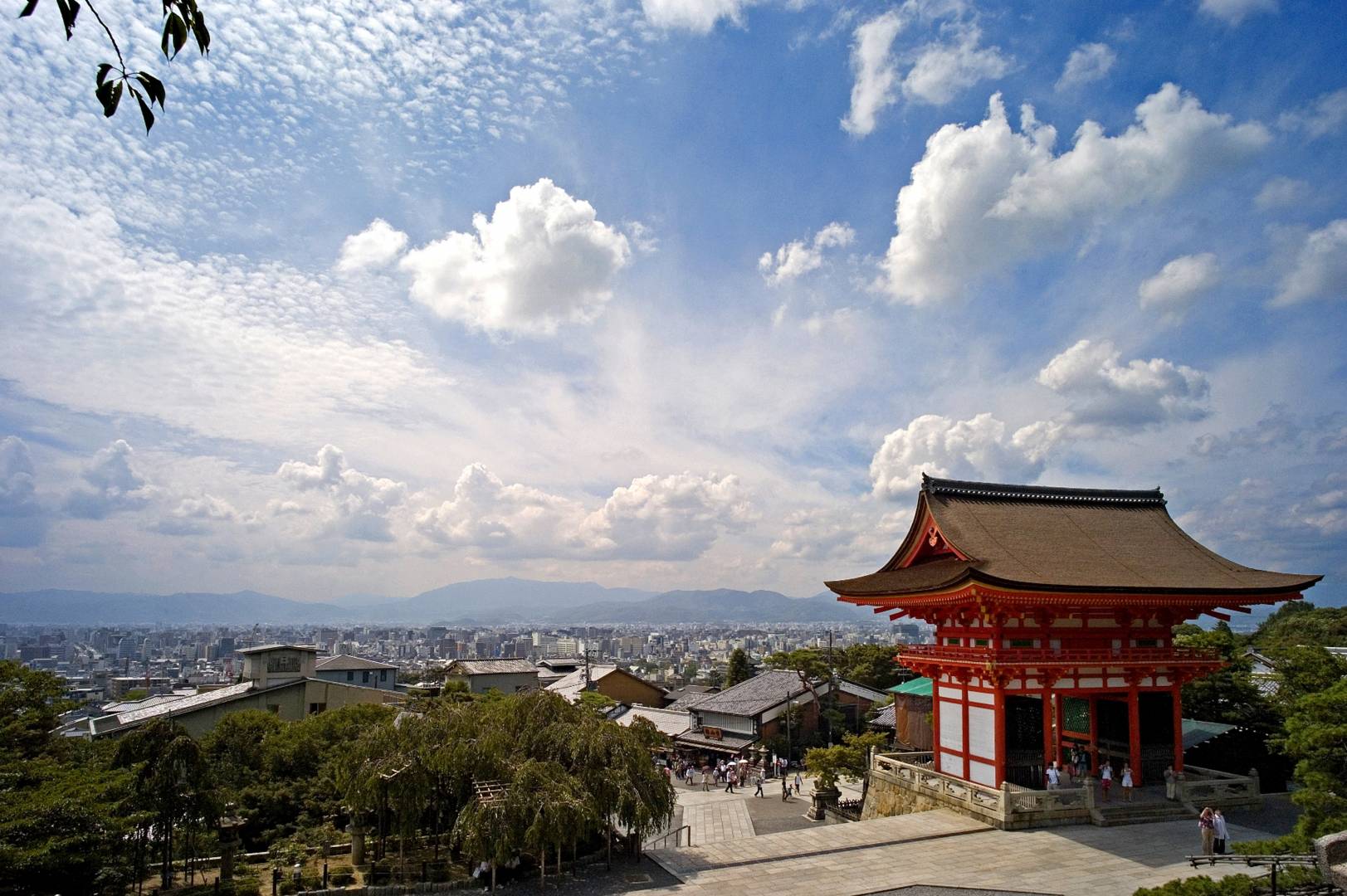
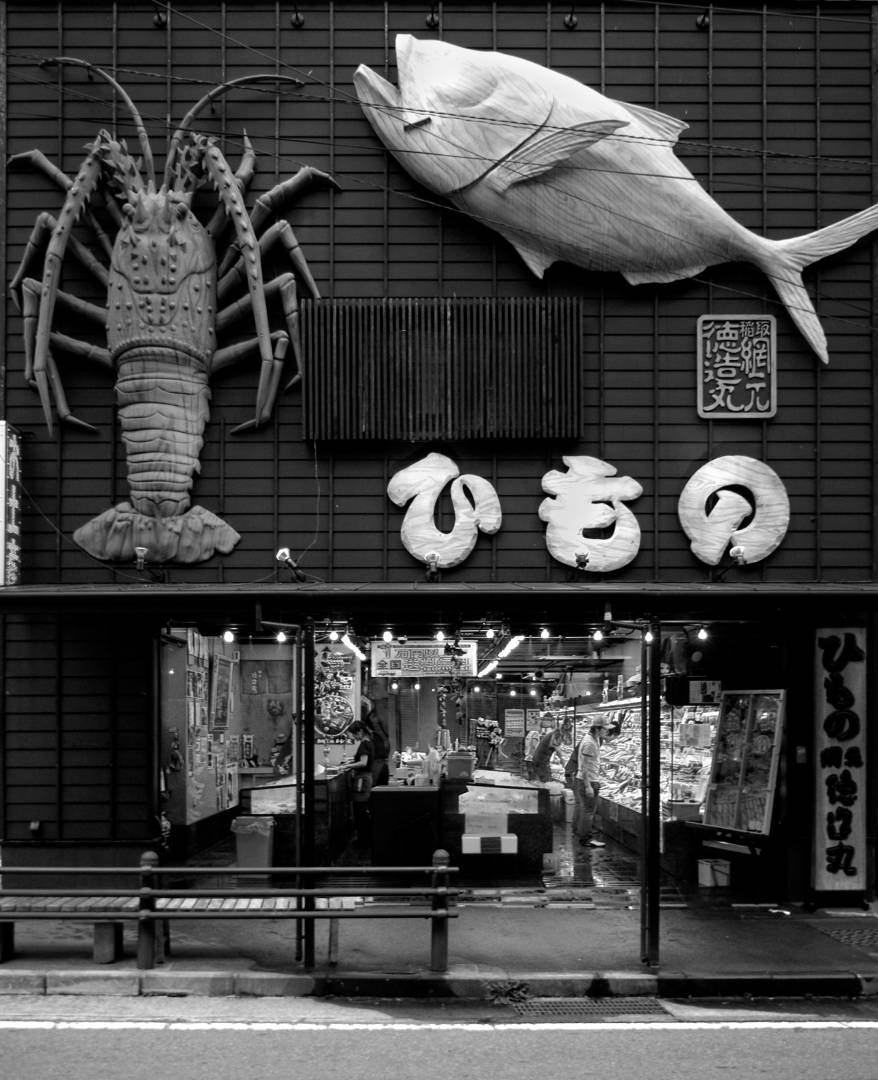
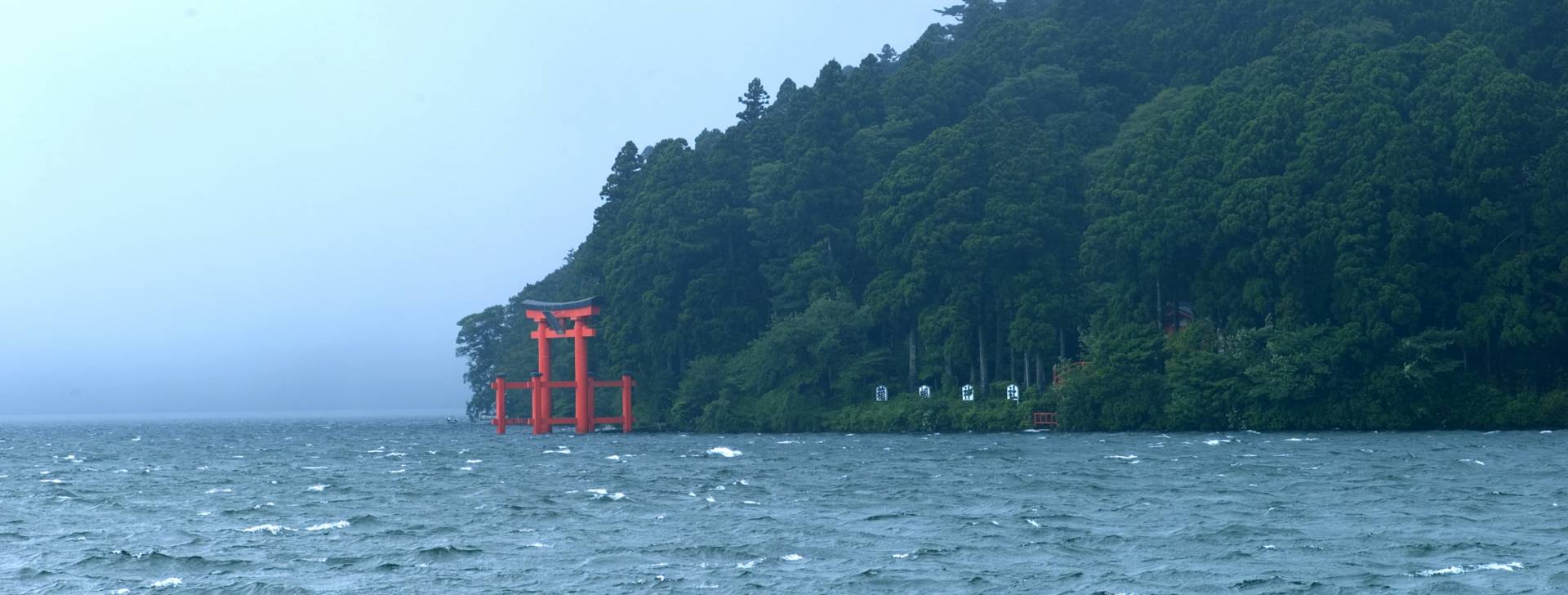
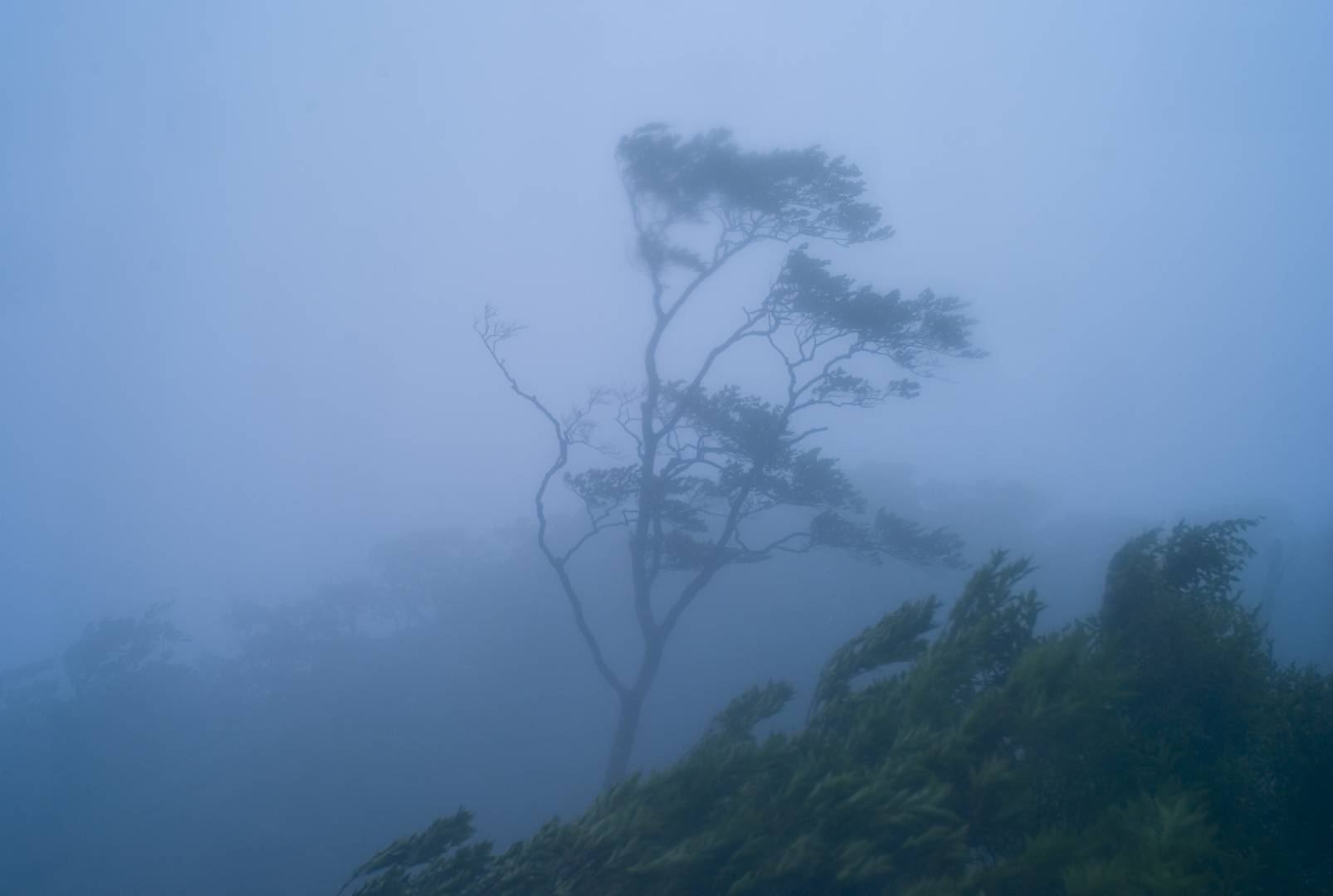
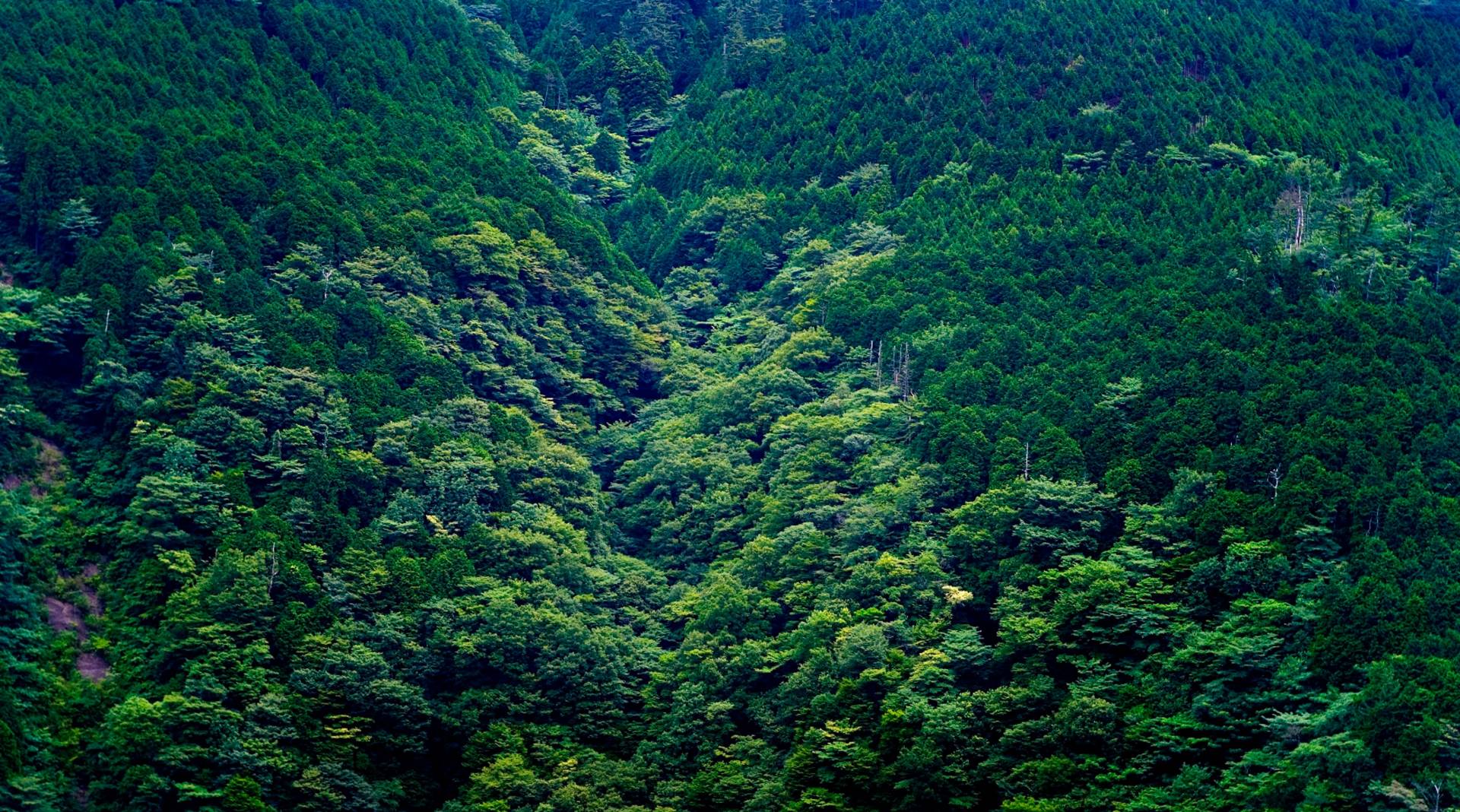
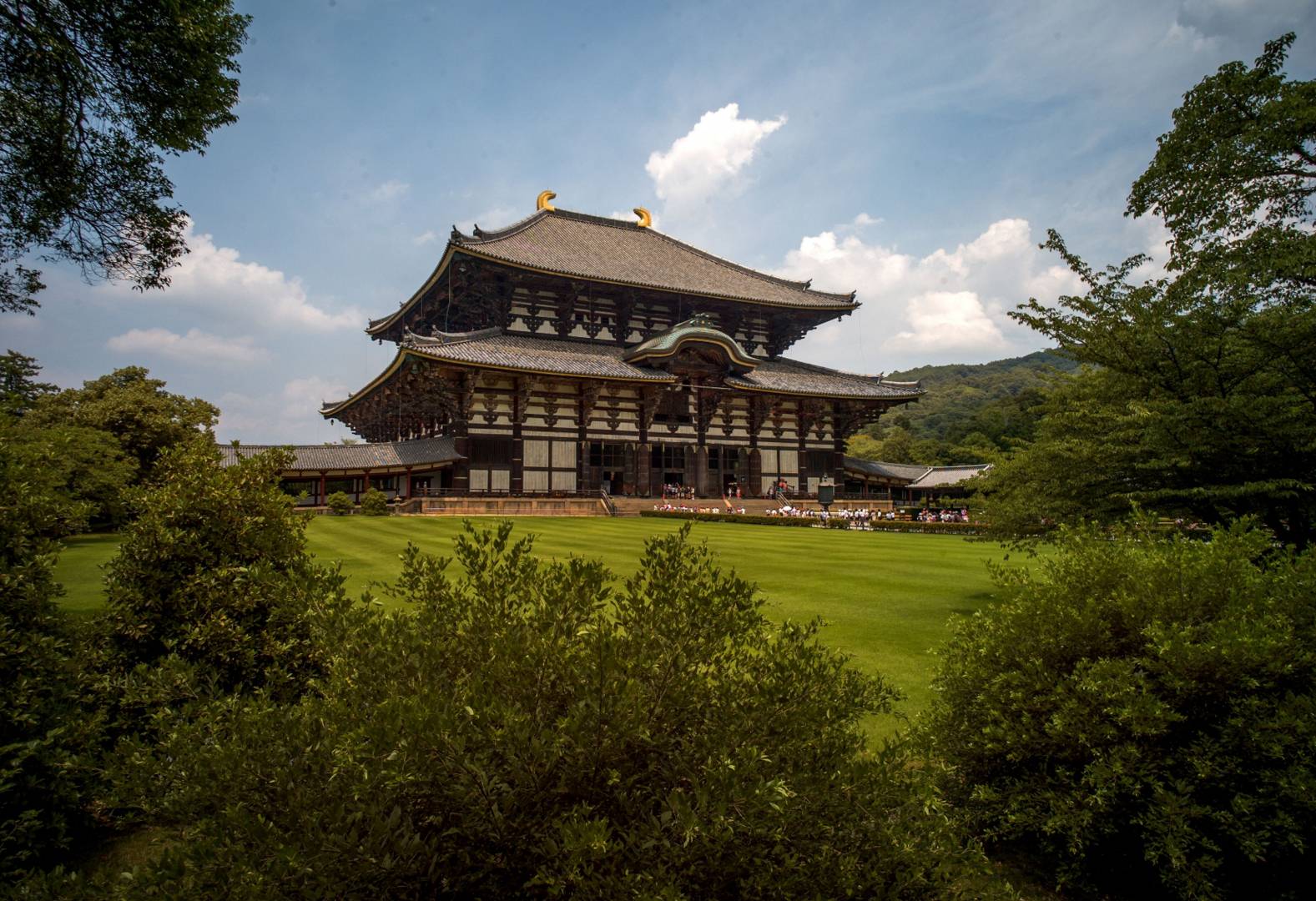
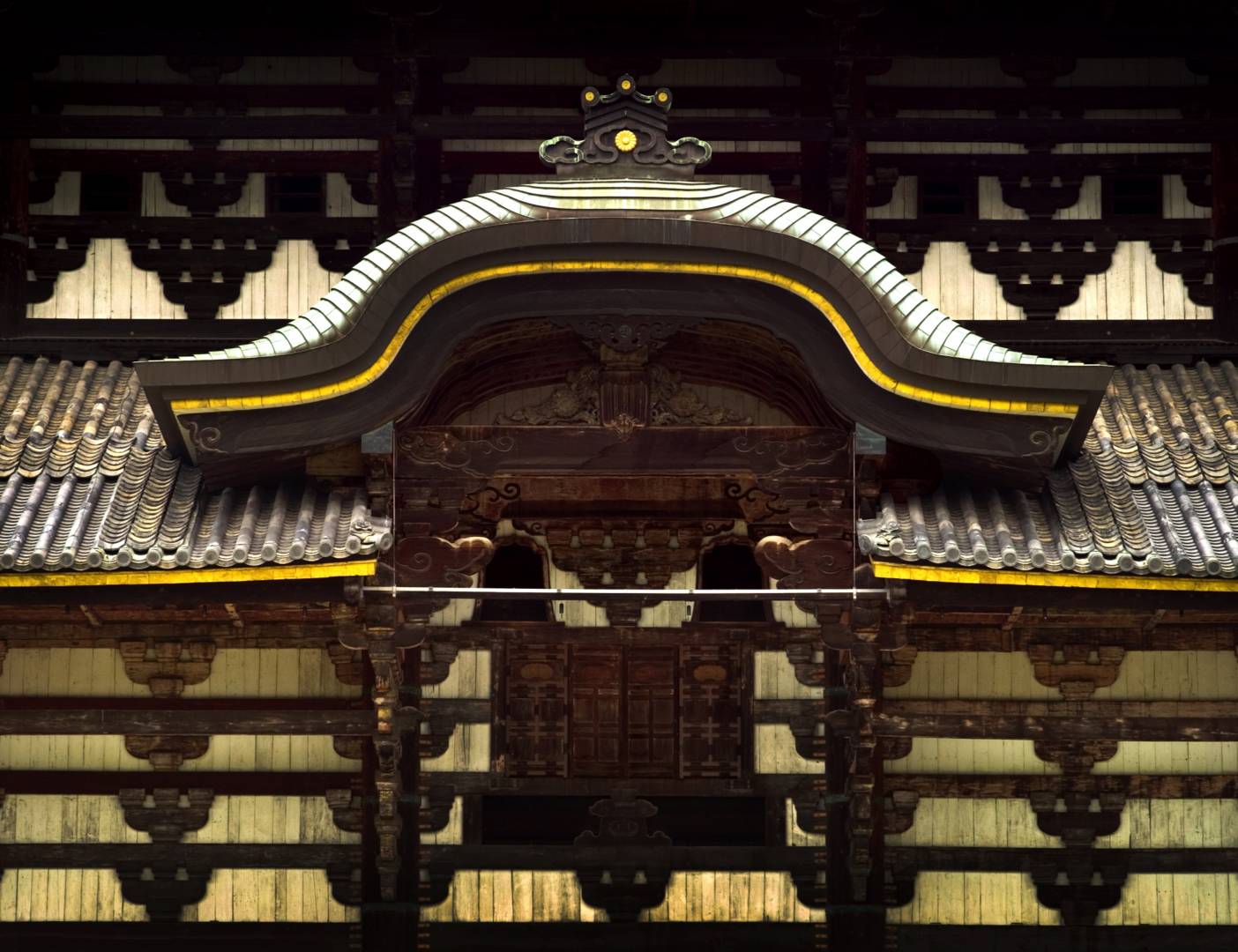
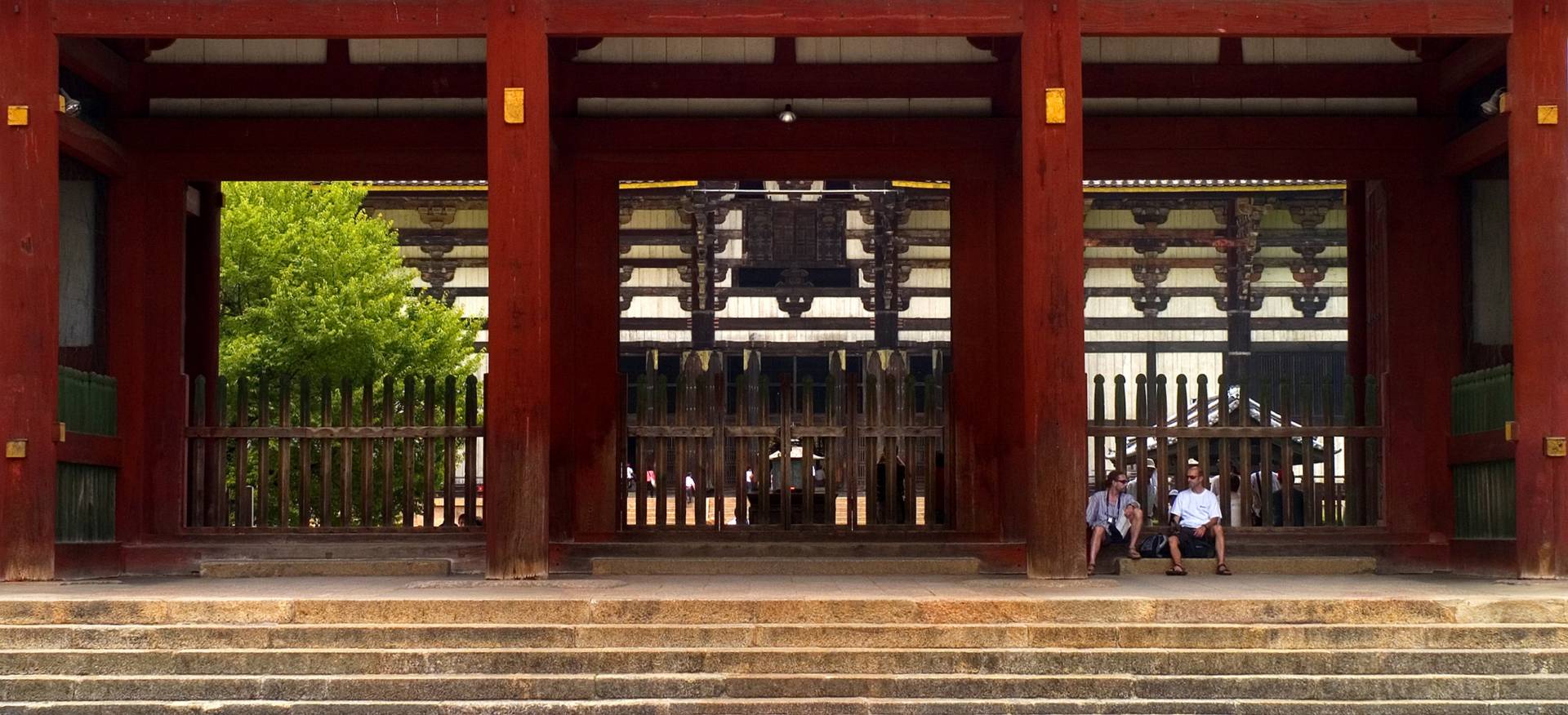
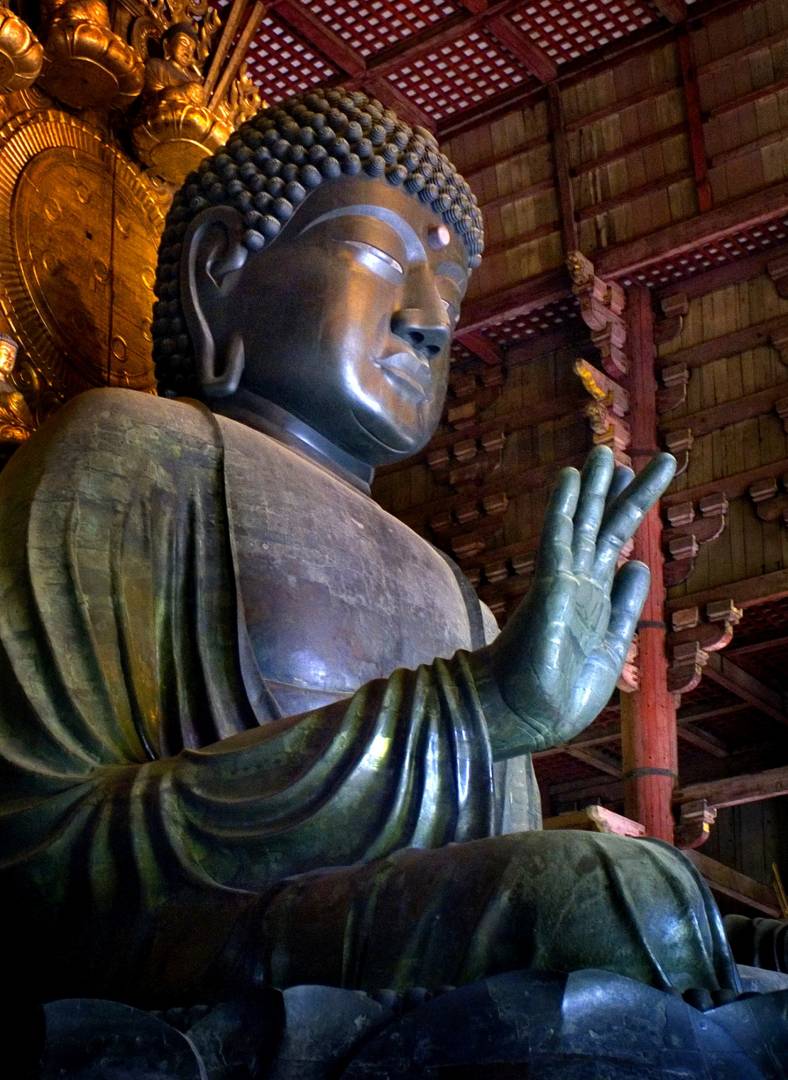
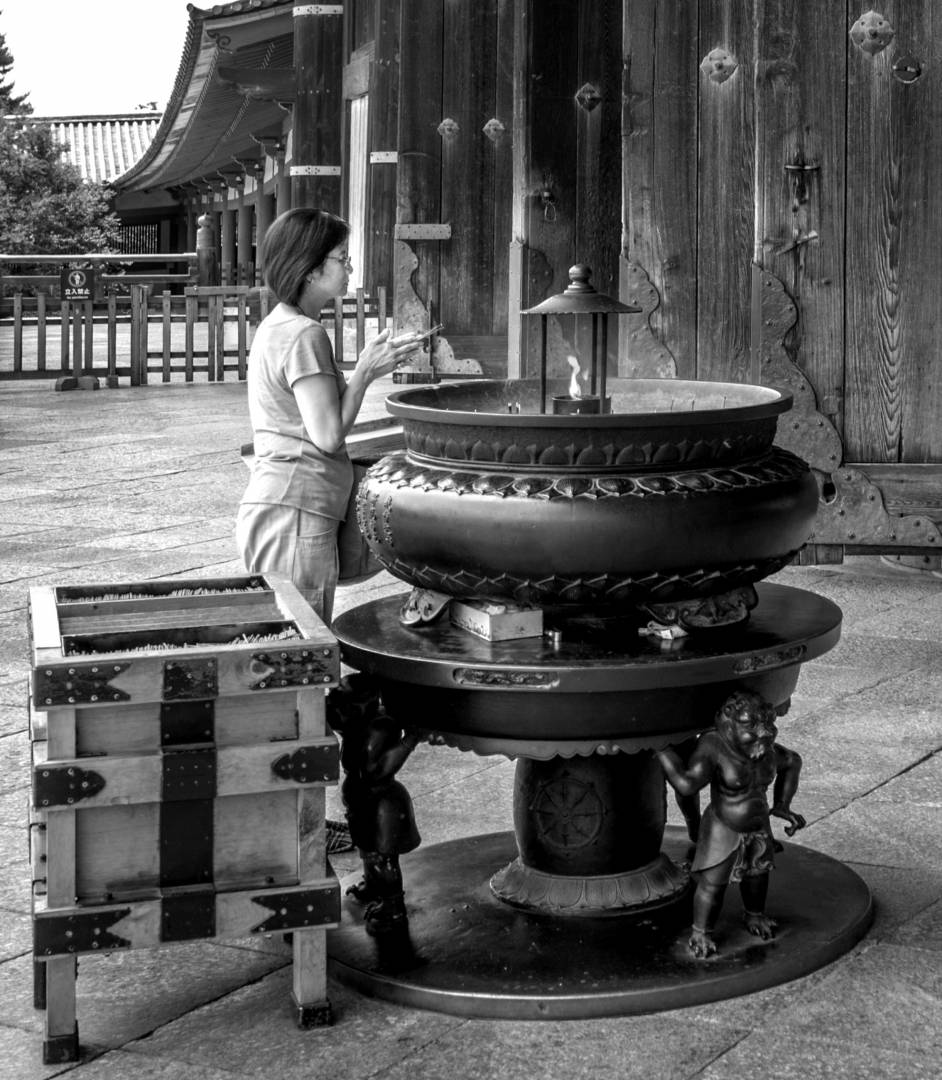
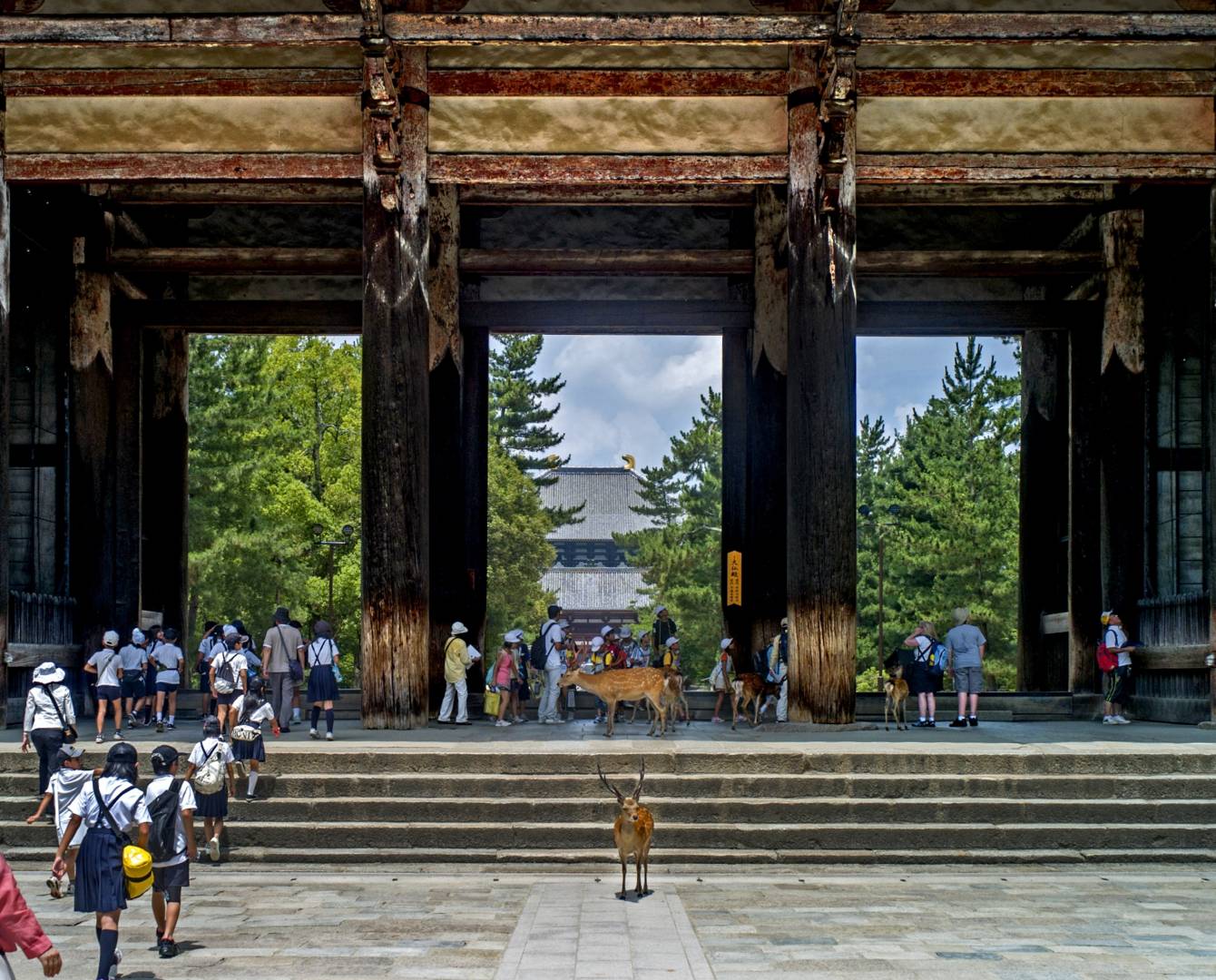
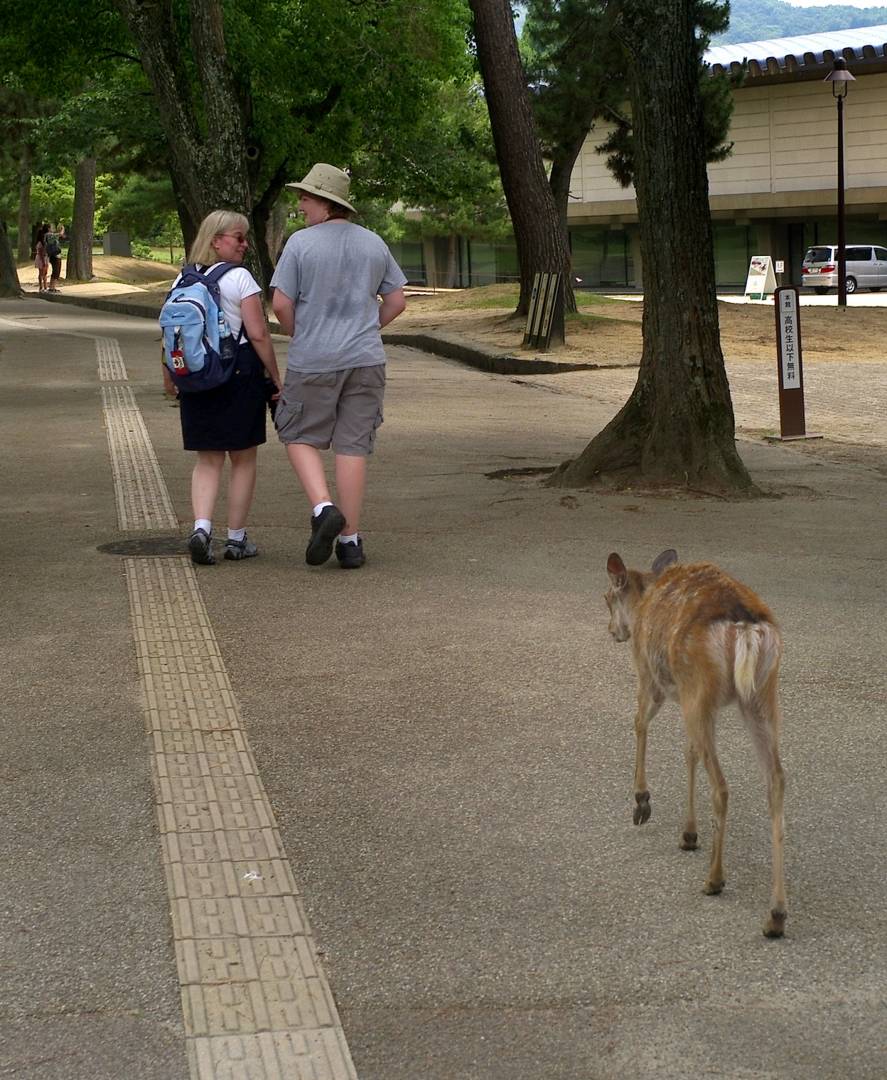
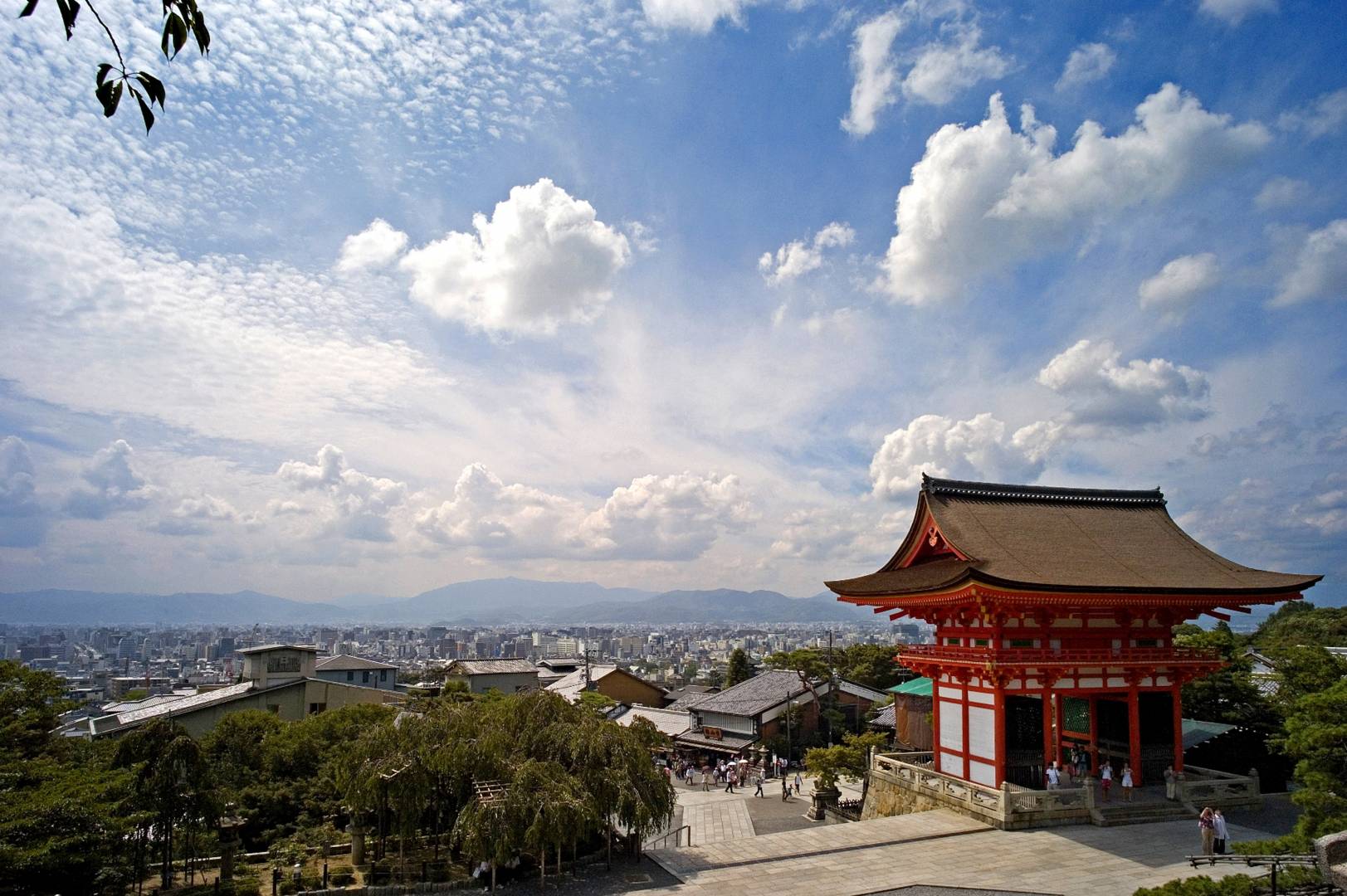
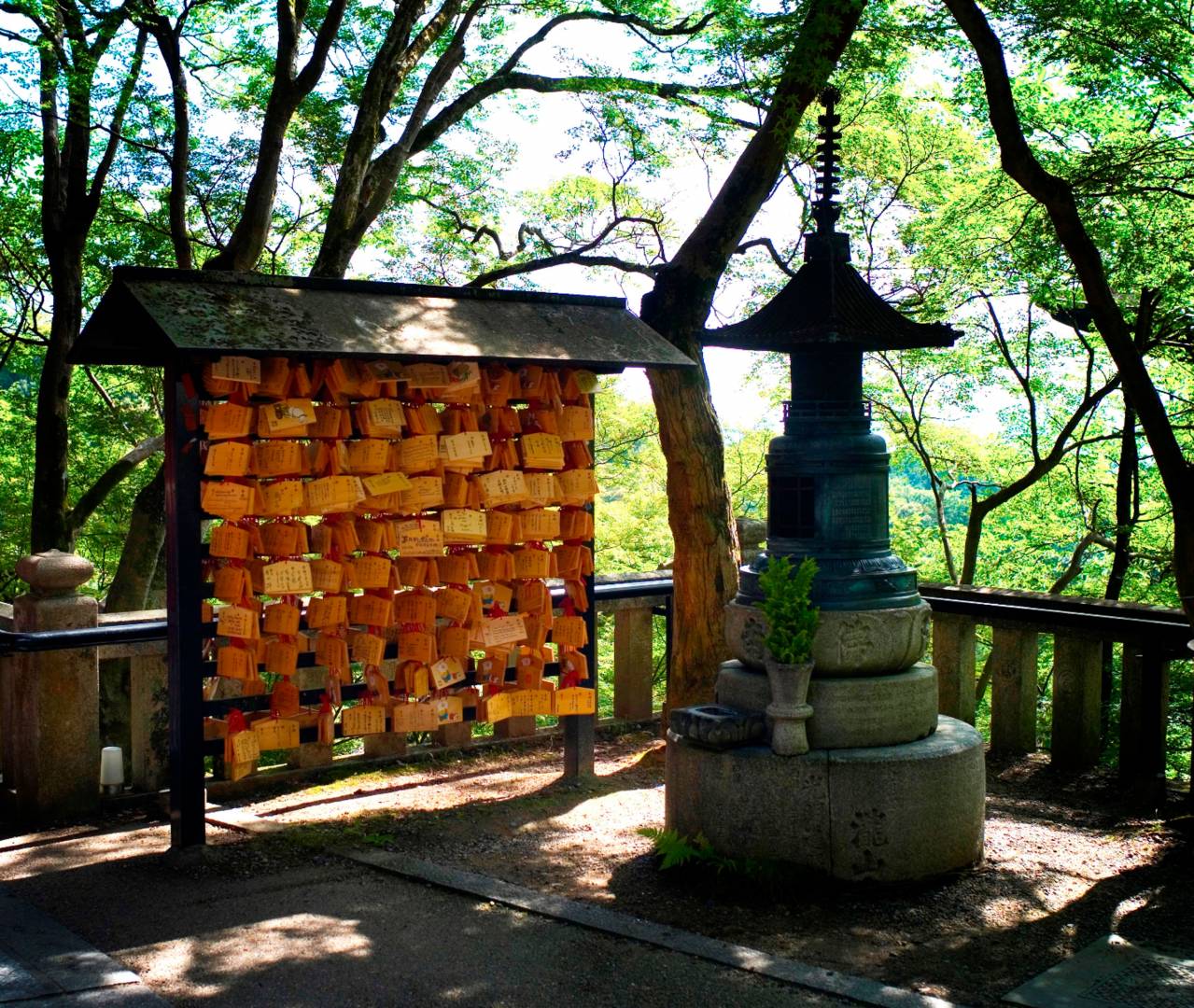
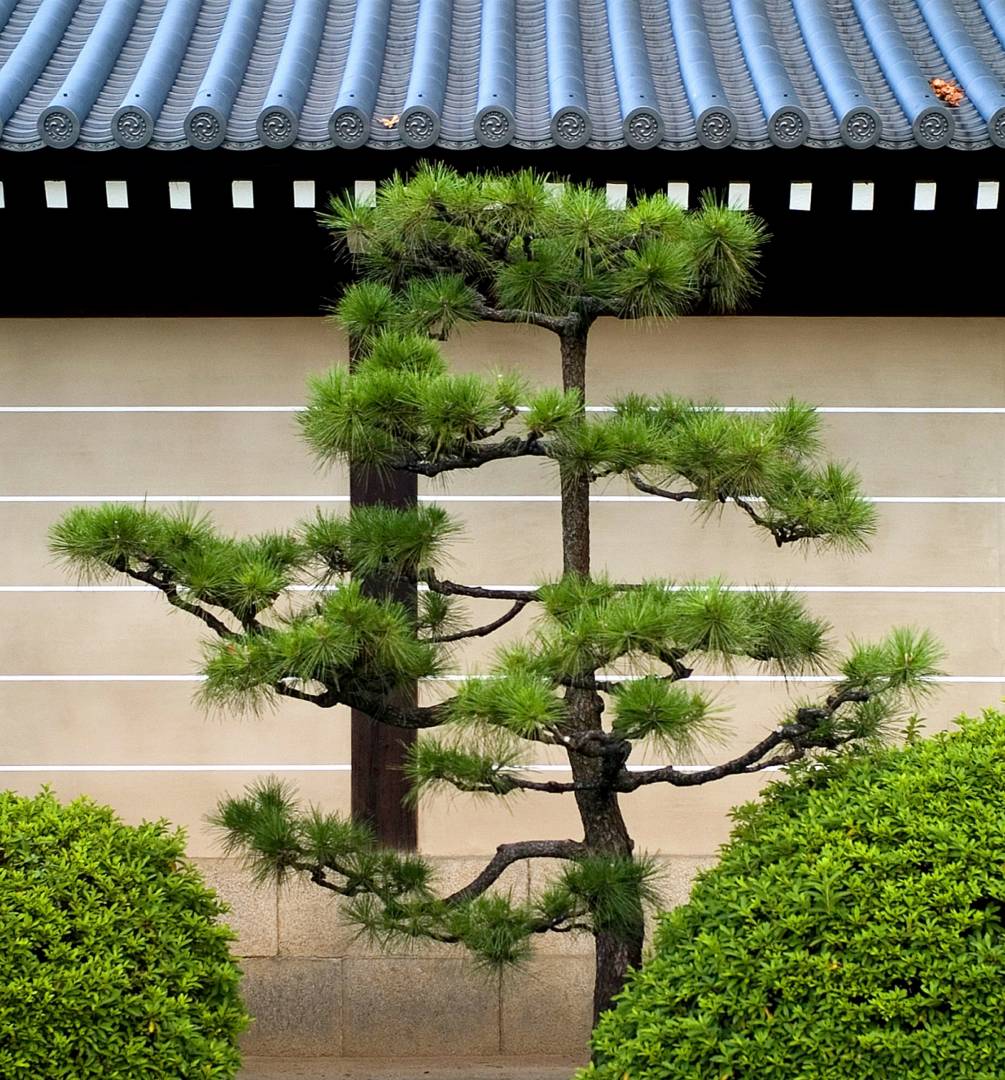
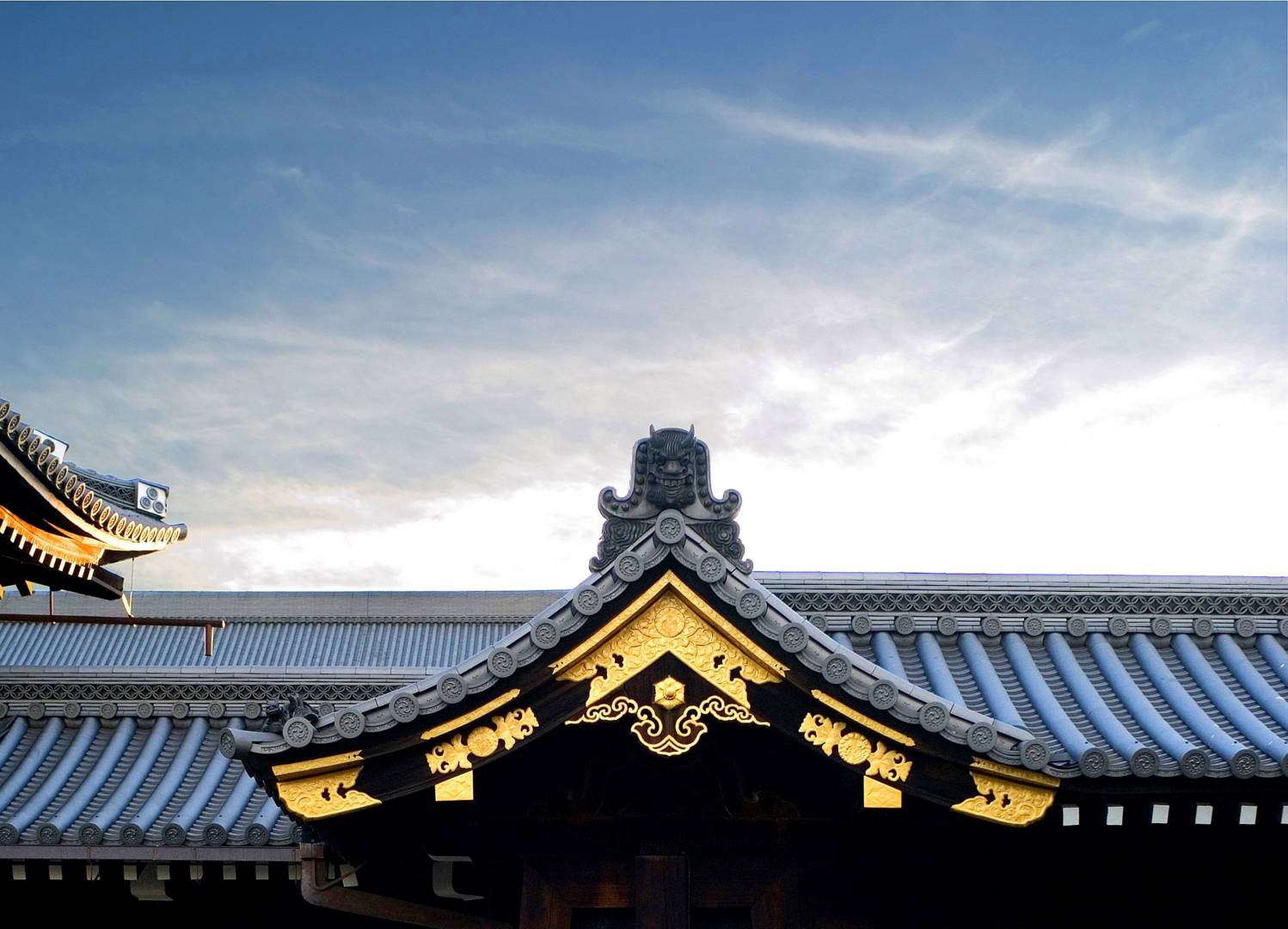
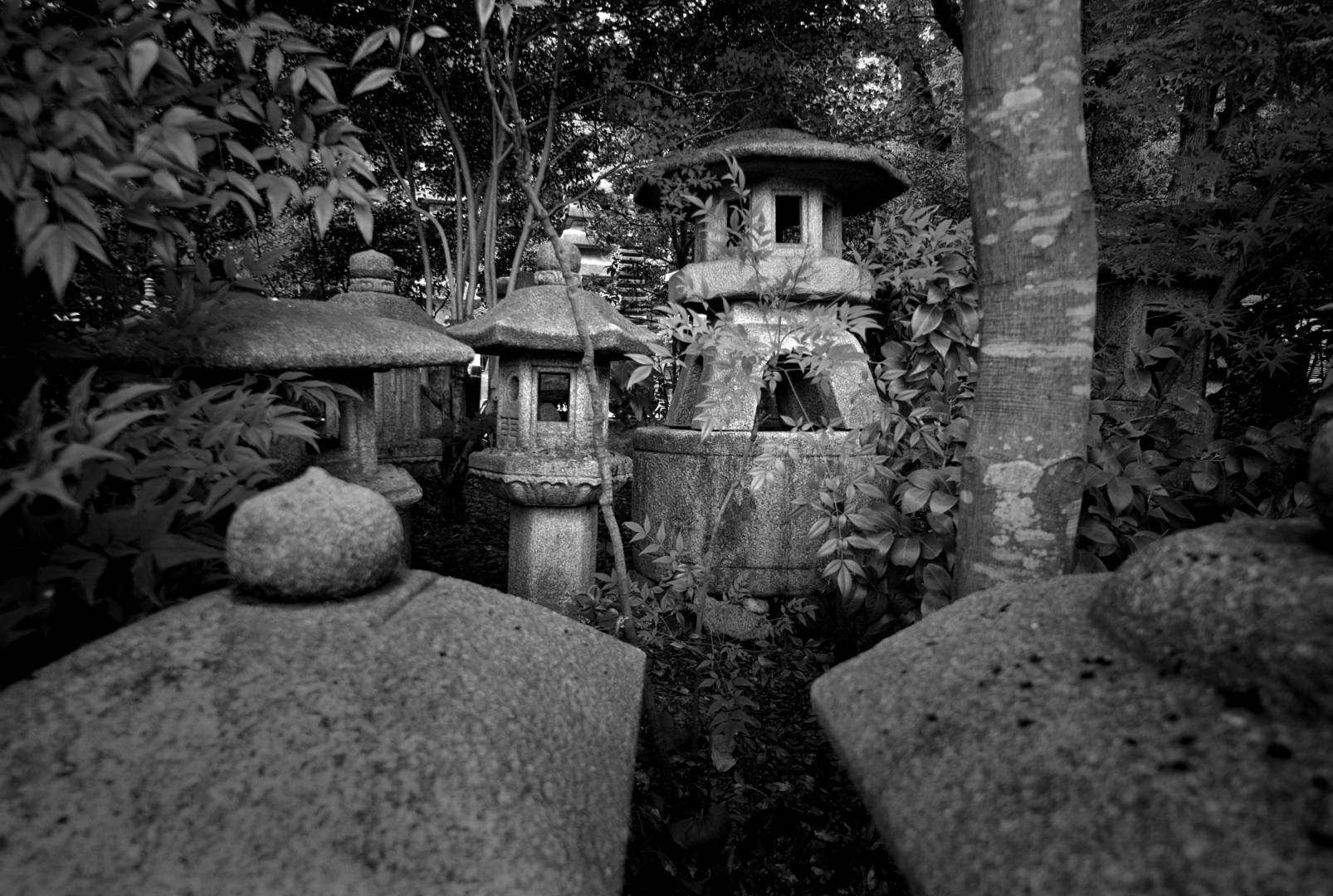
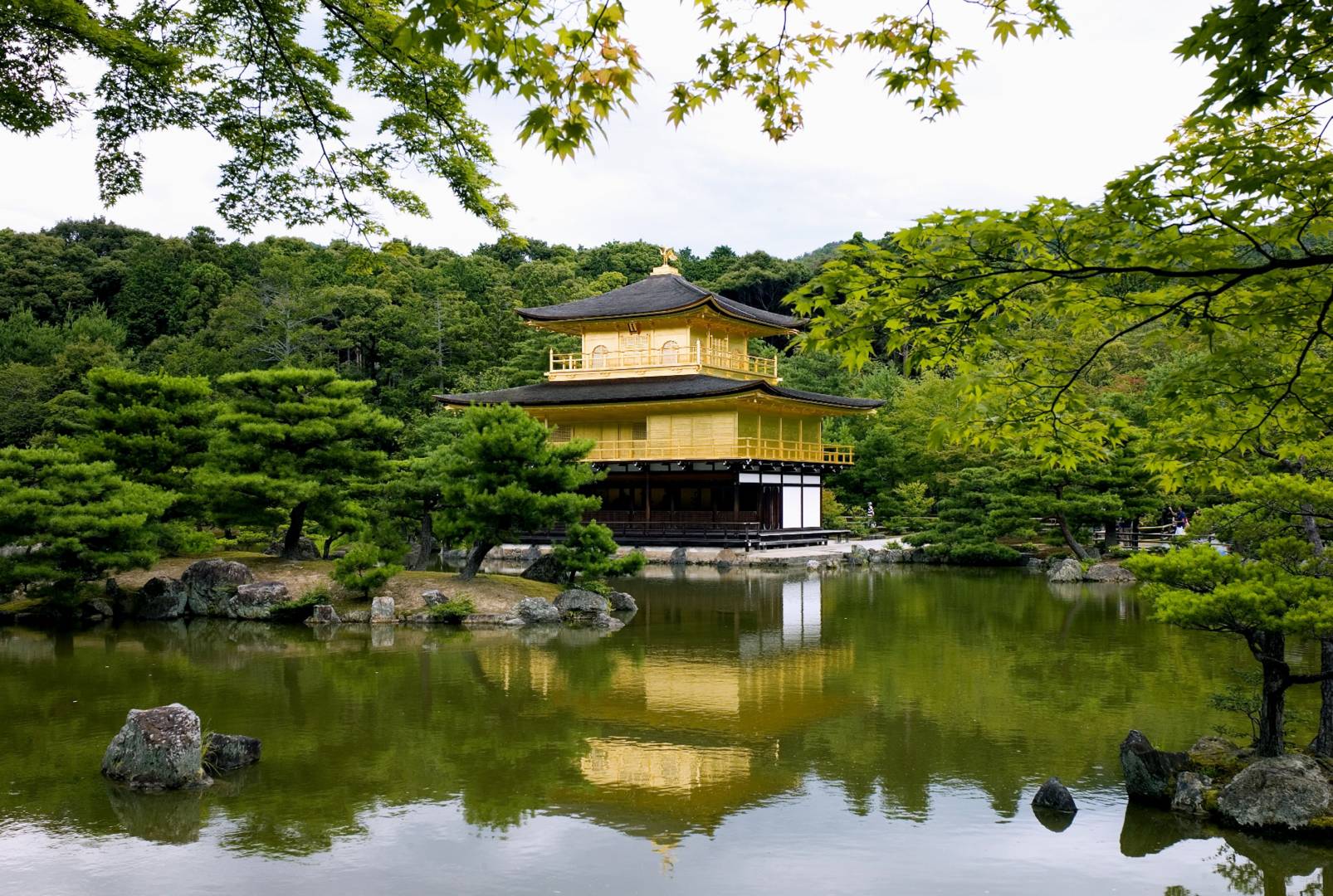
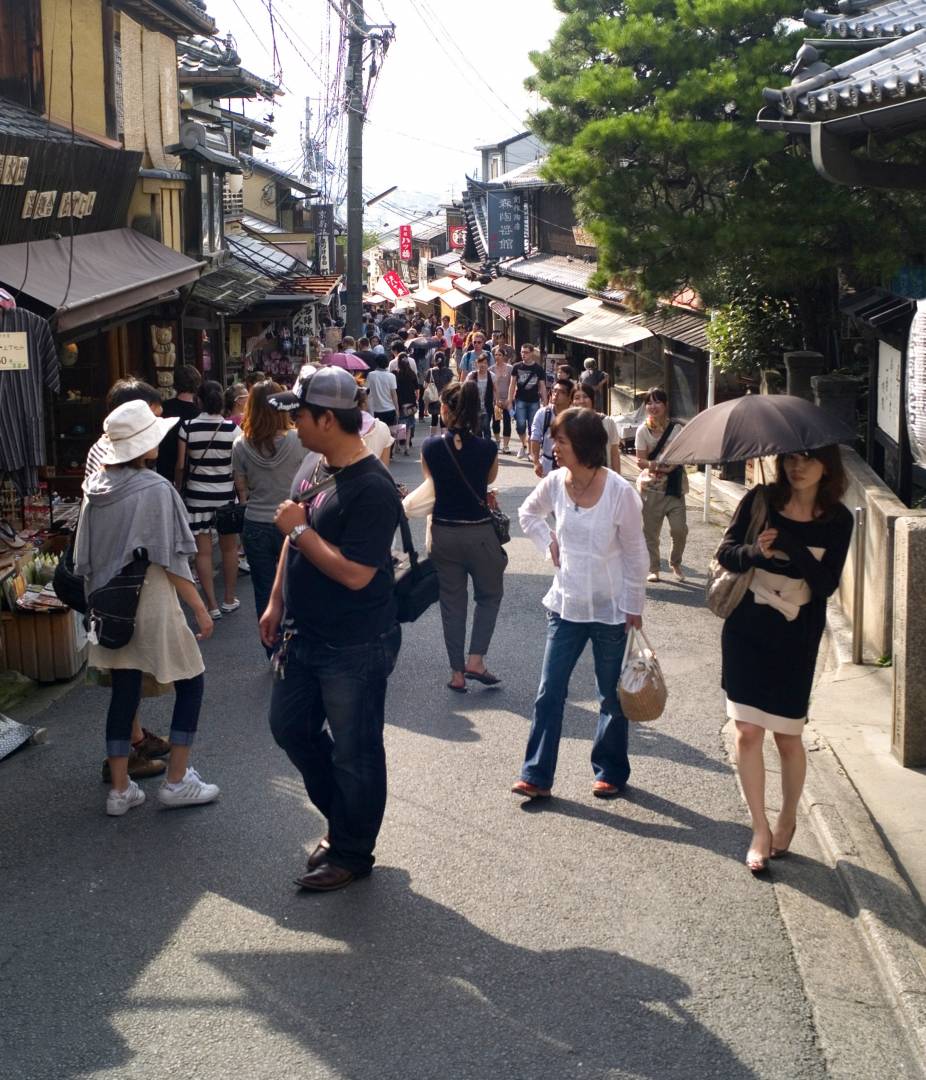
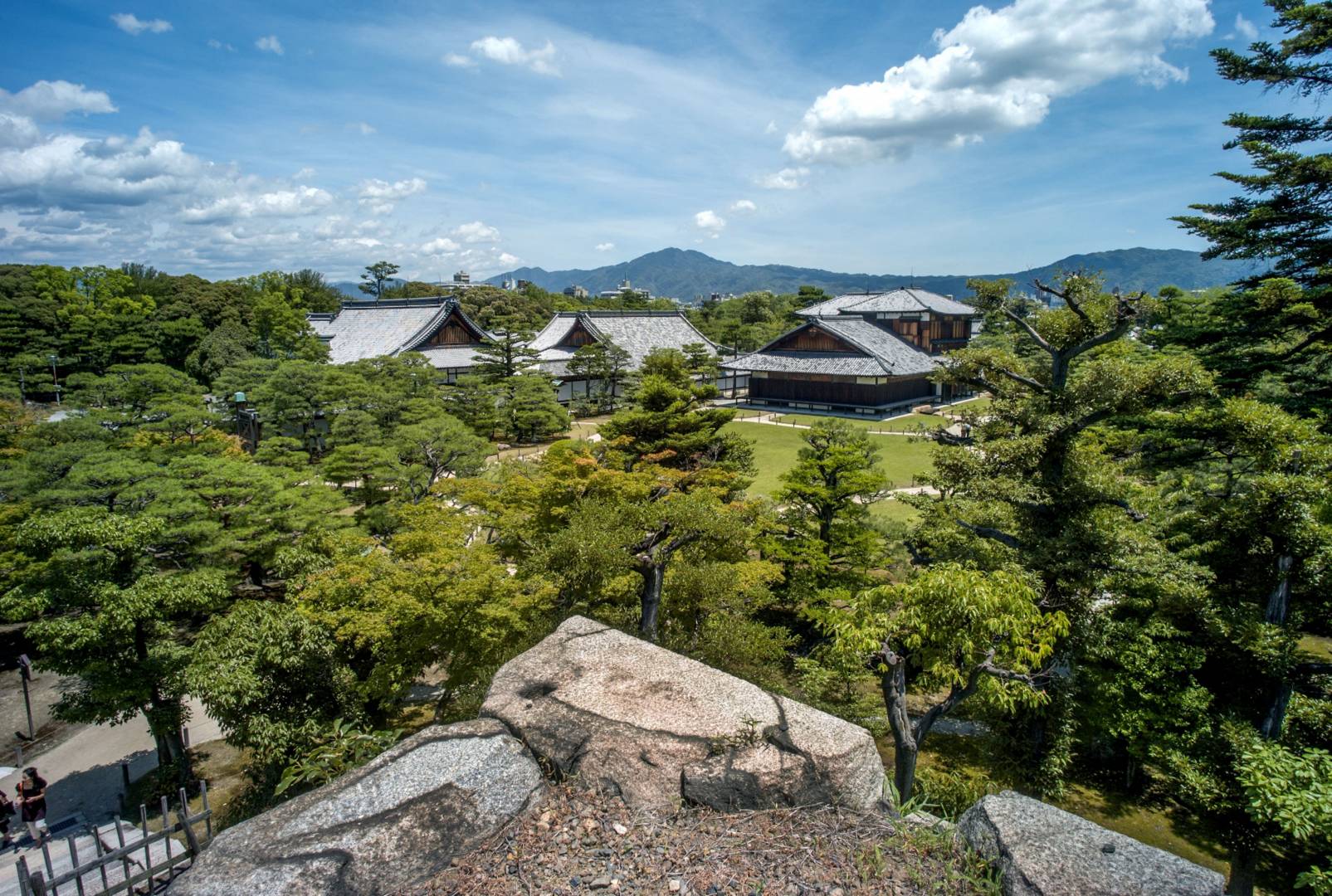
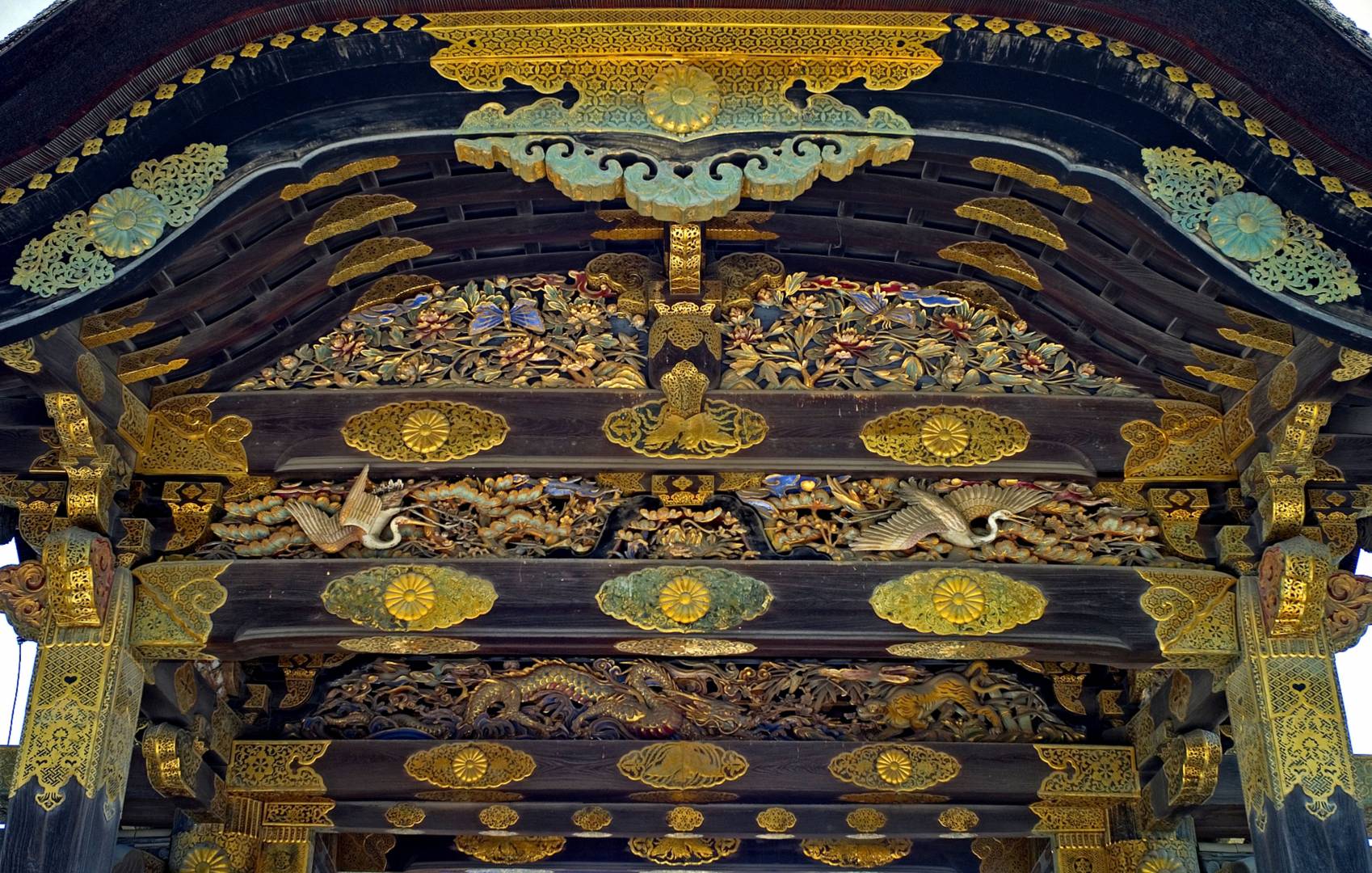
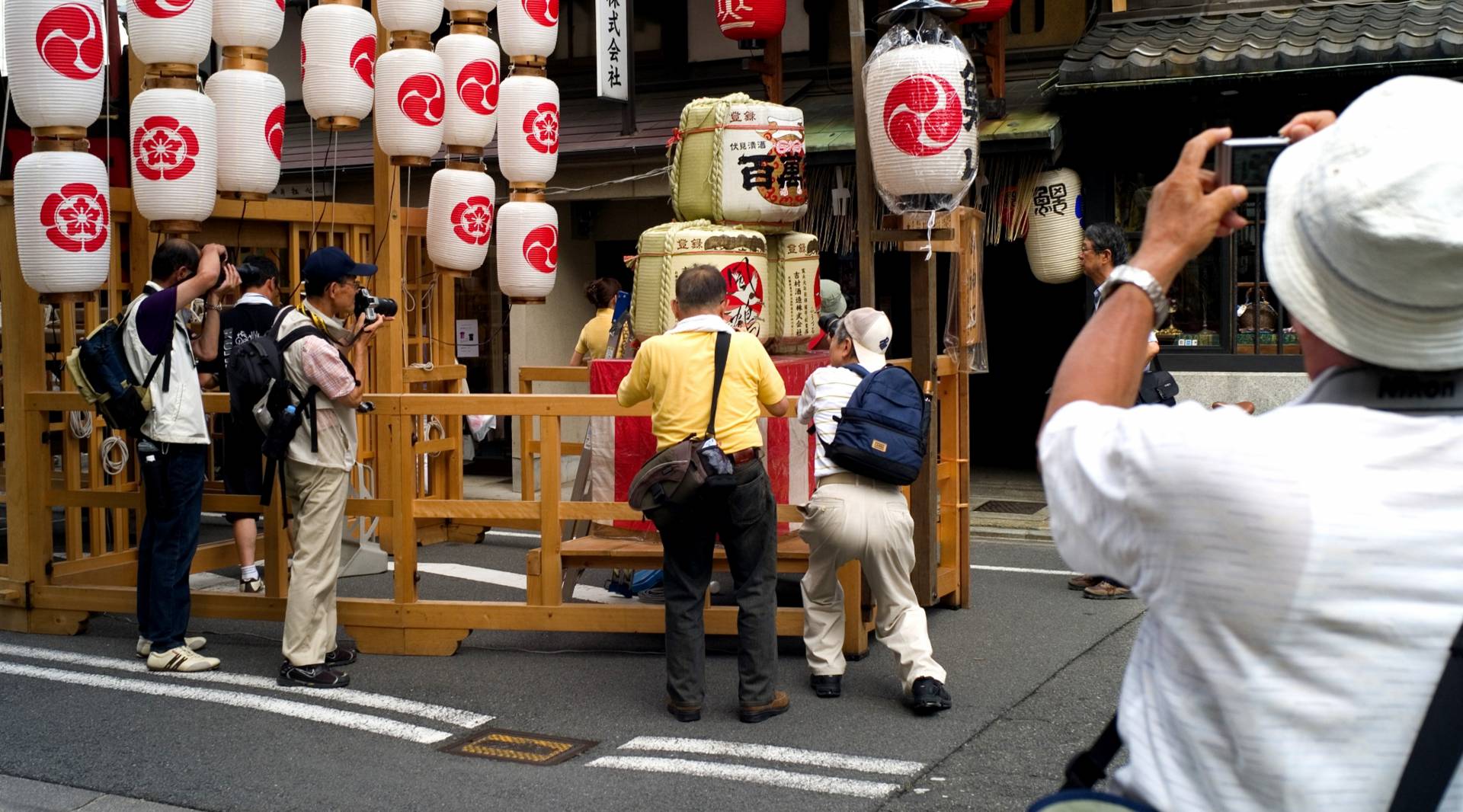
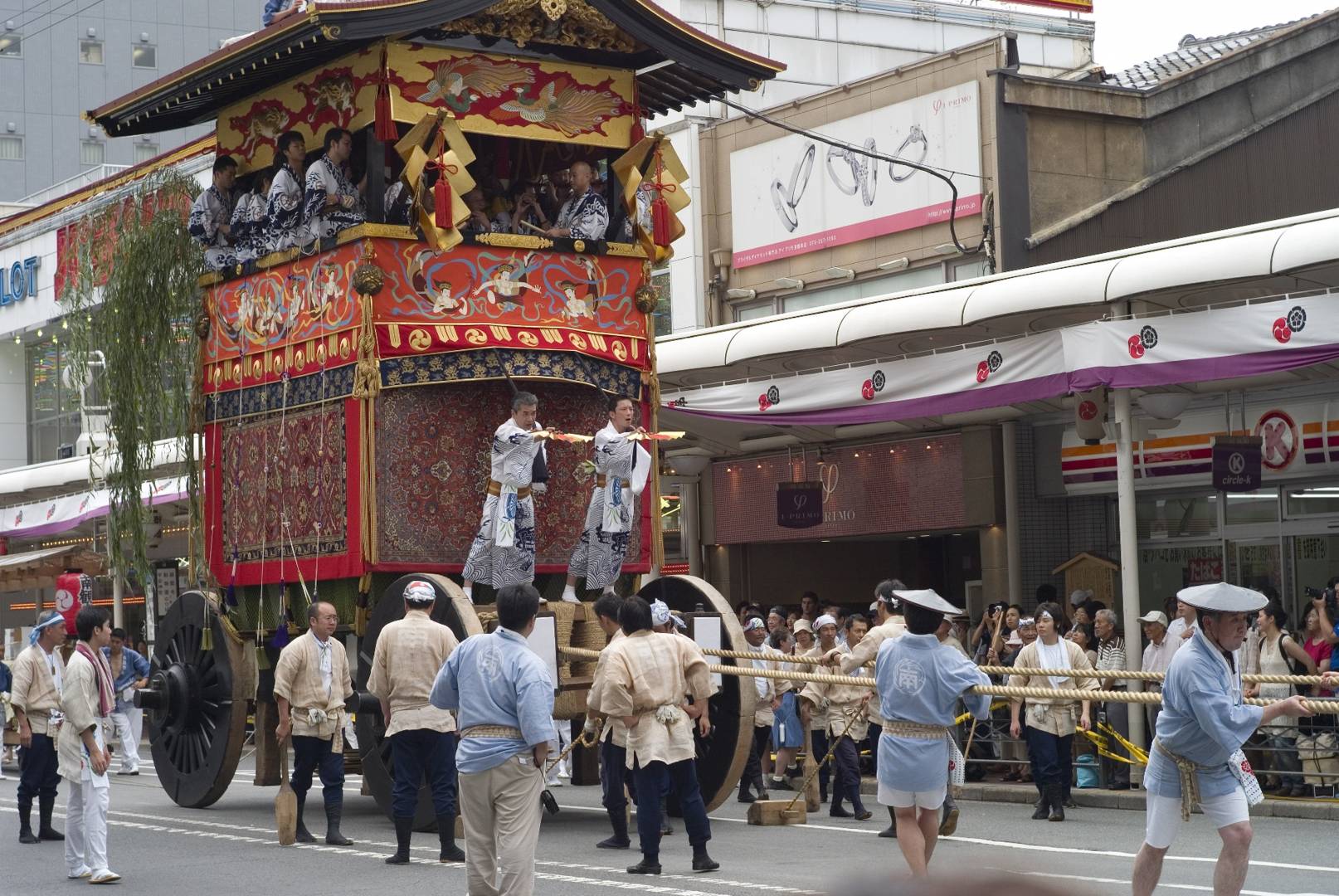
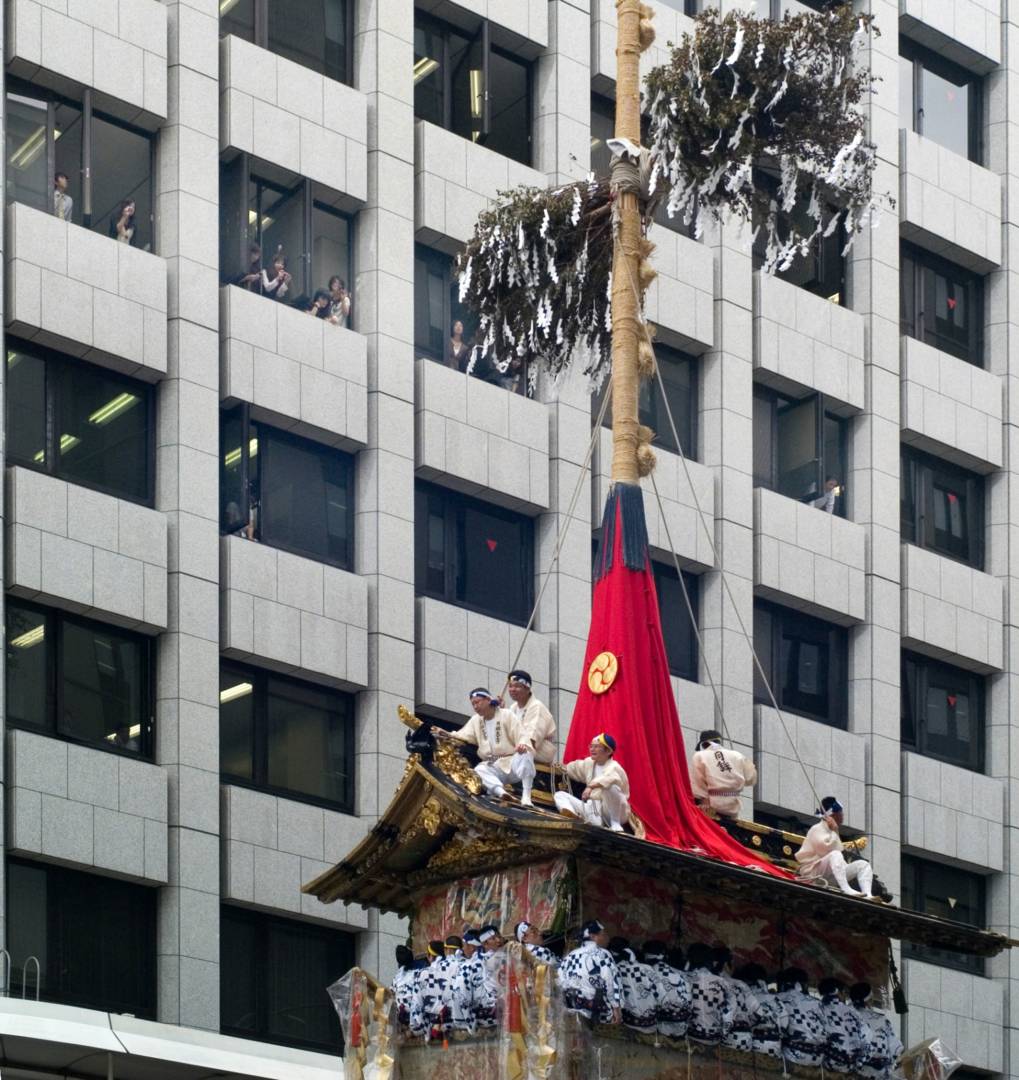
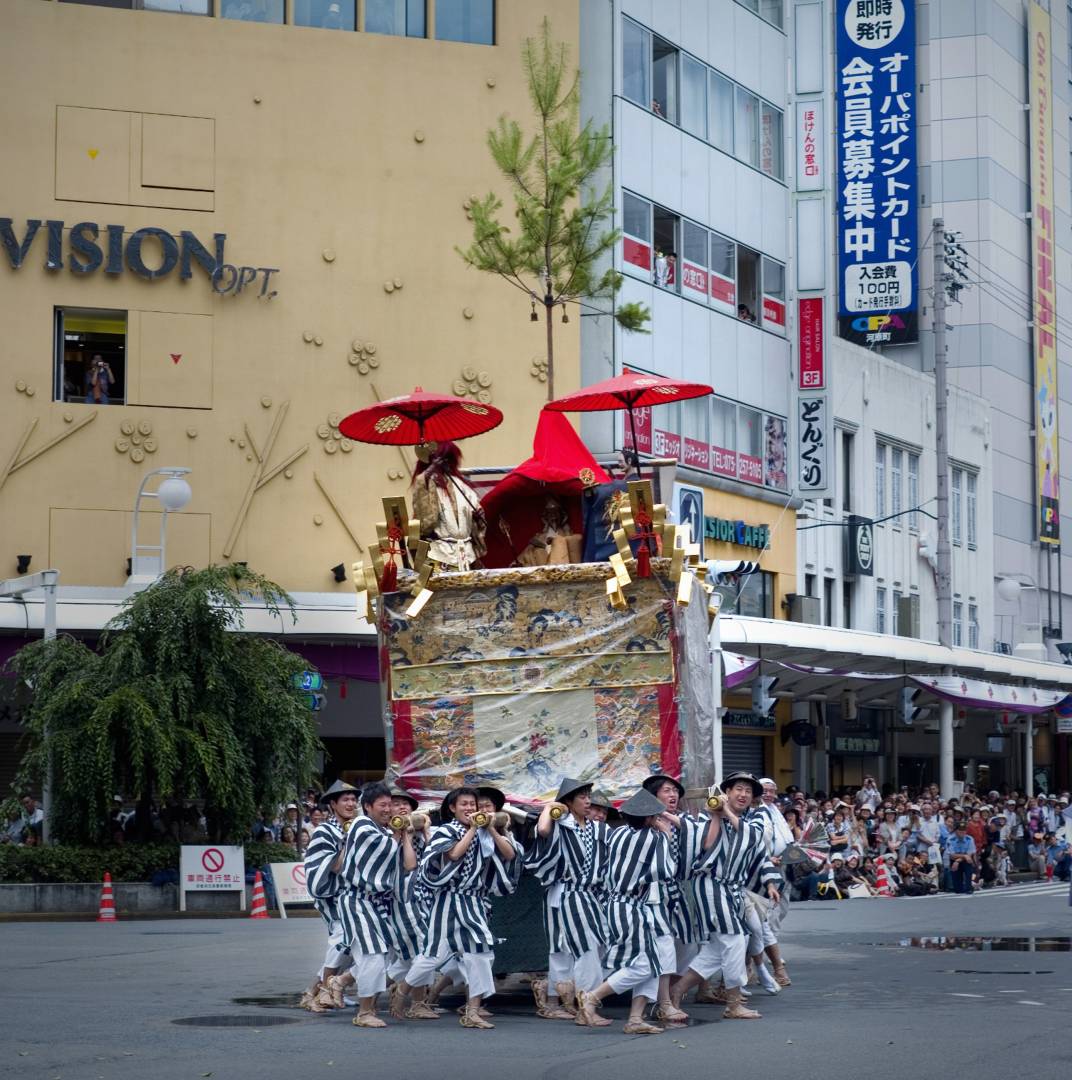

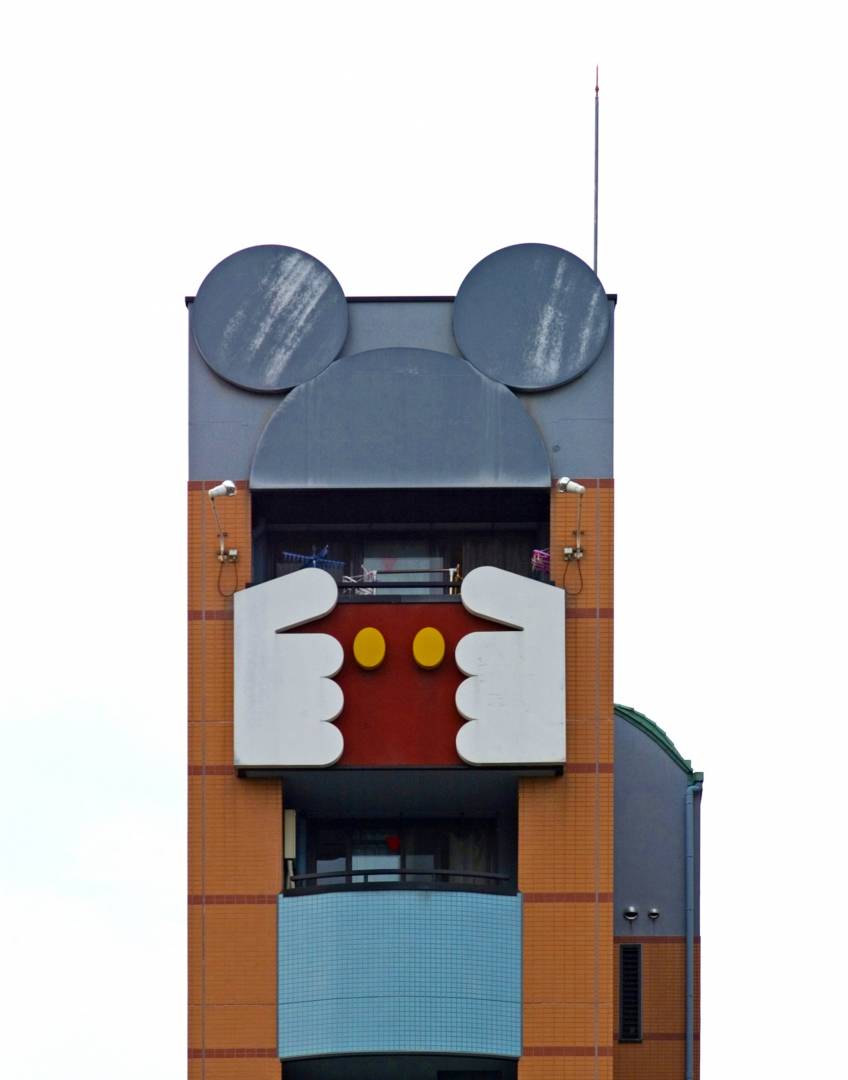
Richard
you made me want to go to Japan. Speaking of Marc Riboud there’s a new book in France entitled Chines which covers his many trips to that country with some unpublished images
Hi Jean,
You will not regret a trip there. Keep in mind it is a very big country. We spent a month there just on the island of Honshu and barely scratched the surface. There are many more islands to explore and we will go back to see more. Spending a week or so in Tokyo is a good way to get used to the time difference as well as the culture, but then move out to the smaller cities and towns.
I hope Mike will agree to one more article in this series where we went to smaller places and got closer to the more ancient Japanese culture. Takayama, Nagoya and Nikko were some other places we visited and were well worth the time to see. Next time we go I hope to see some of Hokaido, Kyushu and Shikoku, but that is a few years away. First we have to get to Cambodia and Vietnam, inspired by yourself and John Shingleton, of course.
Let me know how it all turns out!
Hi Brian, Thank you for your kind words. I can’t think of myself as a master, but I enjoy telling a story as compelling as our trip through Japan. It was a wonderful experience and highly recommended to anyone who can get there. I hope to go back once I finally reach a fully retired state.
Regarding the ccd sensor, The M8 was one of three cameras I owned with such a sensor and I would say they all captured great images with vibrant yet pleasant colours. I appreciate the low noise characteristics of the CMOS sensors, but it takes a lot more post processing to produce a compelling image. Most of the images for this article were out-of-camera jpegs that only needed a small amount of adjustment.
Hi, my favourite images were view of Kyoto and ropeway. I think both might also make great mono images.
You are a master at creating an experience that allows the reader to feel like they are enjoying the sights and sounds of an unfamiliar place. A very informative article coupled with great images. The ccd sensor captures colours that are wonderful in tonality.
Fine article, Richard, with some glorious images. I particularly like the series of temples, the Buddha and the Todai-Ji worshipper but all are splendid.
For the ropeway image, I would be tempted to try a mono version?
Thank you for another splendid tour of a country I have never visited.
You are very generous David. I will try your suggestion for a mono image. Looking at it now, I think you are correct that it would work well.
Thank you Kevin. I’m glad you enjoyed the read. I hope no one in London is paying much for that plague insurance. The odds of collecting would be worse than winning the lottery.
Thanks Richard for this most enjoyable article. Lovely compositions at the temples and a most interesting mix of story and photos of the festival. You make an interesting point about the reverent nature of the people. I was born as Kevin in Kingston but I could have been born Khalid in Khobar or Kaito in Kyoto. As you write they are not so different from us. Except here in London we’ll sell you plague insurance!
I loved this article Richard, so thank you for sharing your memories and images of a wonderful trip – more so after a very hard week.
I wont pick a favourite, as there is so many that standout to me. Street scenes that show wonderfully unique people, in a unique setting, reflections across water, and then scenes full of those amazing Leica colours. How could anyone chose one image, or a small group.
The CCD sensor certainly produces decent and well coloured images.
Have a great weekend.
Thanks Dave,
I appreciate your high praise. I hope to see more from you in Macfilos.
I have a little something in production, its just work is getting in the way of me polishing it up.
I enjoyed your coverage of the matsuri. Each town has one on different dates, so there is always something going on at a different weekend in the country. Also your choice of the Voigtlander 28mm f/1.9 LTM is an excellent one. I had one and loved the result. I didn’t enjoy using it on the M9 due to finder blockage, so years later moved to a 28mm Elmart ASPH which was fun to use, but I occasionally miss f/2.
Hi Dan,
Thanks for reading. Gion Matsuri is the only one I’ve been to, but it was great fun. If the other festivals are anything like this one, I have to go back and see some others. The Japanese really know how to have a good time.
Very interesting Richard and fine photography. The Leica M8 was a much-maligned camera which I think was undeserved. Even today it gives me much pleasure. I use a 28mm lens and a 75mm Summarit most often, but I also enjoy the 50mm Summicron lens. File sizes are a little meagre by modern standards but more than adequate for most purposes. I hope you are still using yours.
Hi David,
I thought the M8 was a fine camera and it served me very well for a few years. I did trade it in for an M9 and there are days when I regret that decision. The M8 produced excellent B&W images, and much better than the M9 especially when I removed the IR filters. I do like the M9 images for their colour though.
Jean,
Marc Riboud was one of the great masters! You are far too generous, but thank you for your kind comments. In addition to praising the unfairly maligned M8, I also hope to inspire some of the Macfilos readers to visit Japan, a truly wonderful country, as you have inspired me to visit Cambodia, I hope in the next few years.
Richard
you made me want to go to Japan. Speaking of Marc Riboud there’s a new book in France entitled Chines which covers his many trips to that country with some unpublished images
Thanks Richart for sharing. A wonderful article and stunning images. My favorite image is the Gora-Hakone ropeway. It reminds me of the French photographer Marc Riboud, particularly his images of Huang Shan mountains (a wonderful book). In your image I can almost feel the mist that shrouds the landscape and the wind that makes the leaves tremble and bows the upper part of the trees. A truly amazing shot. The black and white image of the lady praying also caught my eye. You made the somewhat muted tone of the M8 ccd sensor shine in every image. Although I should not have regrets selling my M8 because of my strong asyigmatism I miss the M8 rendering with its ccd sensor. Thanks again for this brilliant article.